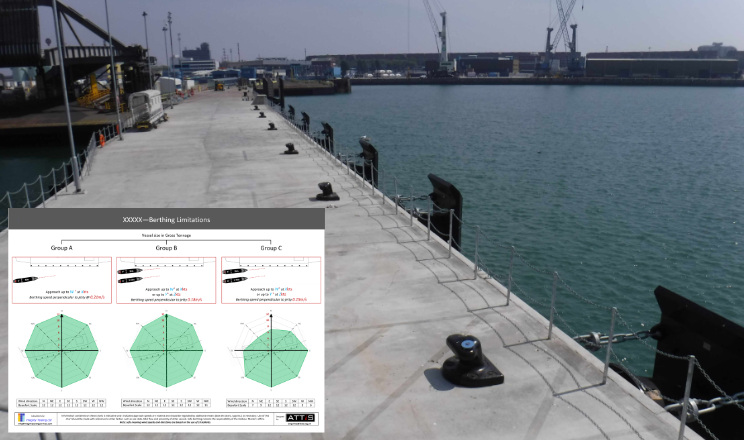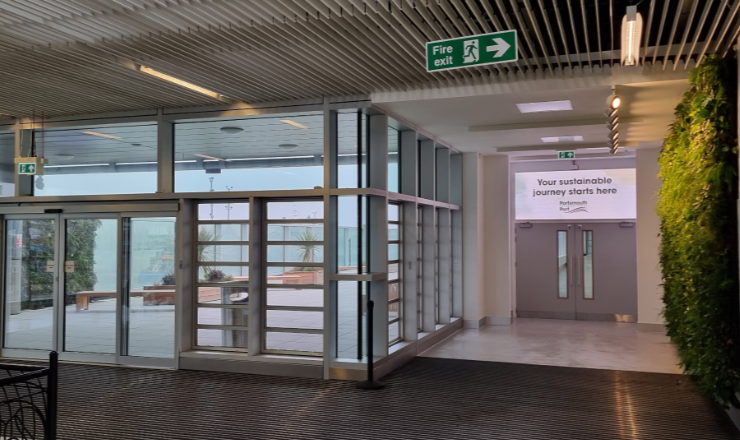Risk Management
Managing risk
All organizations, projects and systems are exposed to hazards which, in turn, lead to any number of potential risks. But risks can have both positive and negative outcomes - the skill is in making informed decisions over which risks to avoid and which to embrace.
Any risk strategy must begin with agreement on levels of tolerability. With our levels of expertise, our clients are not only able to identify potential risks but to also prioritize and manage them effectively.
From software to weapons systems, our experience can prove crucial to any project, operation or start-up. Either as a one-off intervention or an end-to-end process, your risk objectives could not be in safer hands.
Integrated risk management
Risk management is not a concept that should be viewed in isolation. For something to be operated safely, the risks of its function must be understood and mitigated at the design stage. Similarly, a product may be designed to be manufactured safely, but what if it does not meet the market’s expectations, thereby causing a financial risk?
Embedding risk management as a cohesive concept from end to end, in any application, is what Attis have shaped and formulated over several years. Our incisive methodology, advanced reporting and practical application provide the client with far-reaching tools to make informed decisions. Analysis of the interplay of risks associated with design, manufacture, operation and maintenance are balanced with those of equal importance – that of disposal and environmental impact.
Financial, reputational, operational, maintenance – all of these facets of any product or project are susceptible to risk. These risks must be managed, but not in isolation. Only through a cohesive strategy of identification and control can the management of risk truly be introduced at all levels and across all functions of the client’s business.
Any cohesive risk management starts with a hierarchy of controls – a plan of how to deal with risk. We apply the general principles of prevention, as enshrined in health and safety law, as these are applicable to both engineering safety and health and safety, as well as all other forms of risk. This provides the foundation for prudent and practical control of risk. That is integrated risk management, and it is at the core of what we do.
The Attis approach
Many products or projects require some form of documentary output on their completion: health and safety file; technical file; safety case. Although differing in their content, they all have the same purpose – to inform the operator about the risks associated with safe use in a given environment. Whether it is a hand drill or a power station, this documentation is vital to those who interact with the product throughout its lifetime.
Determining the right quantity and balance of information is vital to ensuring that the document is not only pertinent, but also that it aids the creation of operational documents, or safe systems of work. This can be operational, repair, maintenance or disposal purposes. Once again, safety must take a holistic view of the unique risks pertinent to a product’s lifetime of use. It cannot be viewed in isolation at any given point.
There is no “one size fits all” approach to creating the documentation that demonstrates safe use. We rely on empirical validation of the product and real-world application knowhow. This enables us to present valuable, useable information for everyone who interacts with the product. This “golden thread” of information is at the heart of integrated risk management It is a body of relevant information – be that as a safety case or technical file – file supports and informs the product’s use, maintenance and ultimate disposal.





